Huawei Honor 6 Plus variable camera aperture explained, more camera samples compare it against iPhone 6
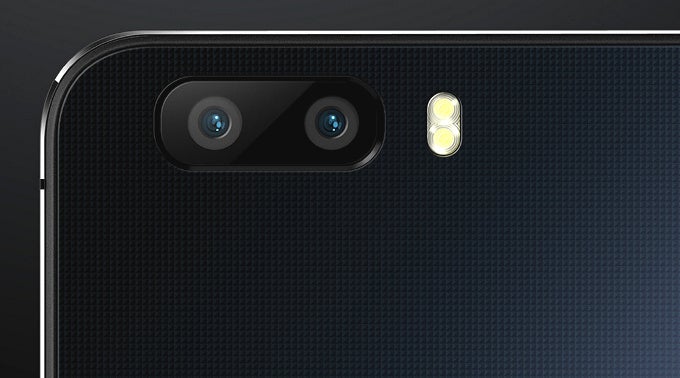
You can re-focus and change aperture after you've captured an image
The technical setup behind this includes two precisely aligned cameras on the back of the phone. Both feature 8-megapixel sensors, but the main one is an auto-focus cam with f/2.0 aperture, while the secondary one comes with an f/2.4 lens and fixed focus. As you can see, there is no physical variability in the apertures - the effect is purely software-based.In order to achieve it, Huawei uses a powerful ISP with a 'triple IE' (3IE) graphics engine that the company says it has been working on for some two years. What the two cameras do is obvious - the fixed focus one captures a flat image with very little depth, while the secondary one can focus on nearby objects (something impossible for a fixed focus-only shooter). Also, Huawei can use different exposures on these two cameras - a short exposure and a long exposure, for a more dynamic image. Naturally, this also means that the Honor 6 Plus can capture HDR images faster as an HDR image on it requires just one closure of the shutters rather than multiple snaps.
Another interesting decision Huawei has made for the Honor 6 Plus camera is to output 13-megapixel images, interpolated from what's captured on the two 8-megapixel sensors. We have shown you some early samples shot by Huawei itself, and pixel peepers were quick to notice some disturbing halo artifacts in those images, so we do hope that Huawei continues to perfect the algorithm in this regard. In addition, this dual camera setup can also capture stereoscopic, 3D images. Right below, you'd see the first comparison images between the Honor 6 Plus and the iPhone 6 Plus (downscaled).

Finally, good news is that Huawei promises to open the APIs for developers, allowing interesting new applications, and we do hope to see something done with the mentioned depth map that the dual camera is allegedly capable of capturing.

source: PCPop (translated)
Follow us on Google News

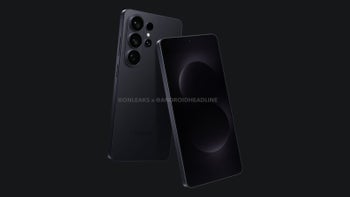
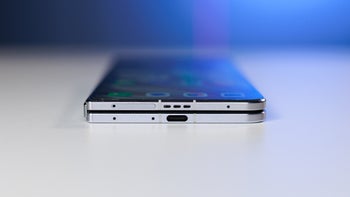
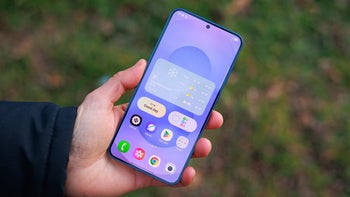





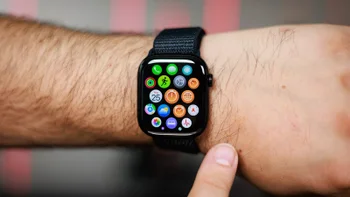
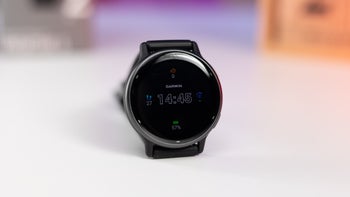
Things that are NOT allowed:
To help keep our community safe and free from spam, we apply temporary limits to newly created accounts: